Ever wondered about making an anti-theft device with a camera trigger system? Or perhaps you want to make a device for your chocolate thief little brother which would just take picture when and if he takes the chocolate away...
To be clear, this post is all about controlling a smartphone camera via Arduino wirelessly. I'm just providing you the process to control the camera using Arduino. What you'll build using it is all up to you. The sky is the limit, right?
The Circuit is Provided and there's the Code link added.
I've made an anti theft camera system with that.
 Ashraf Minhaj
Ashraf Minhaj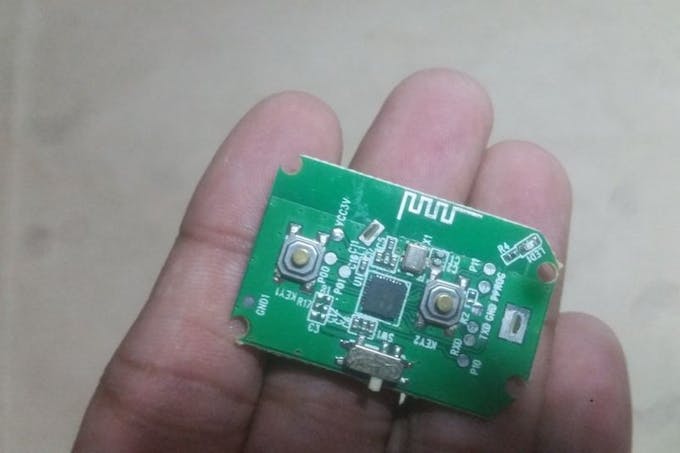
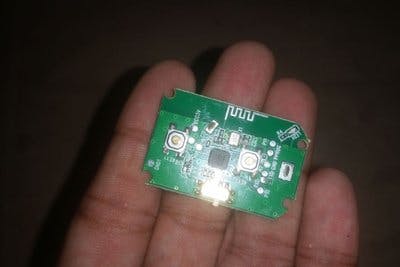

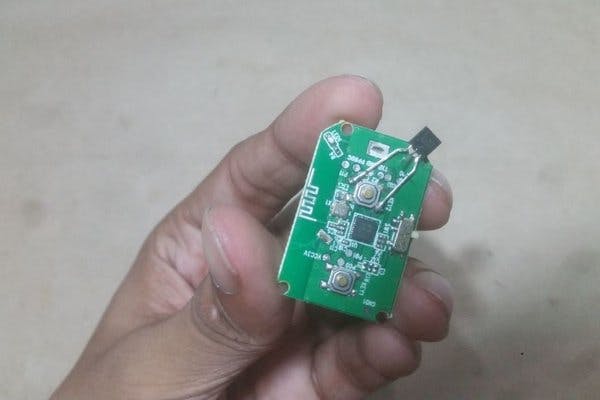
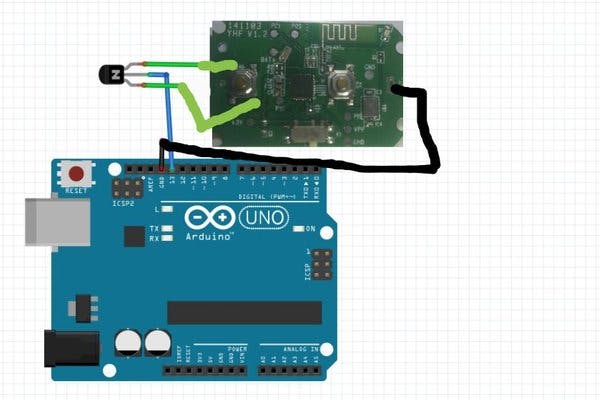
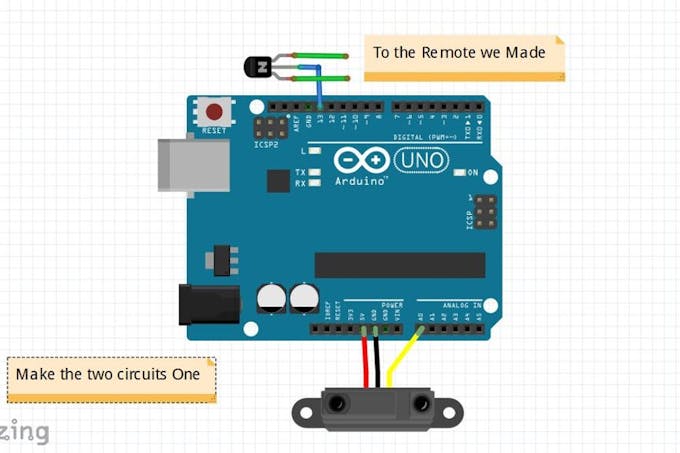
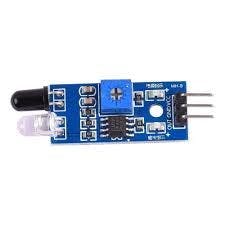
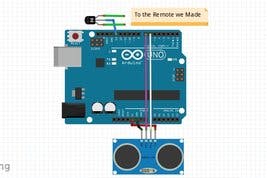
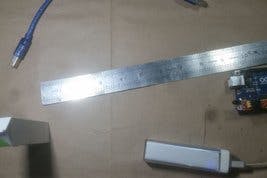
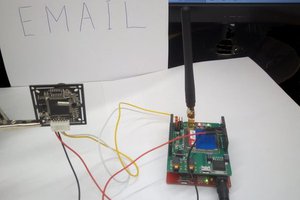
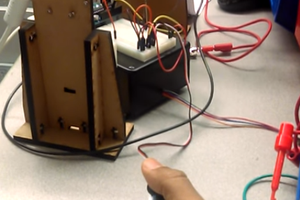
 nichinks09
nichinks09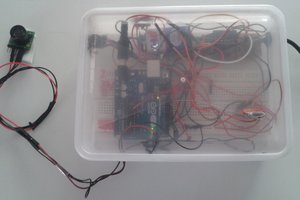
 Rishi Bhatnagar
Rishi Bhatnagar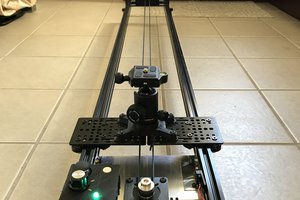
 dgragnolati
dgragnolati